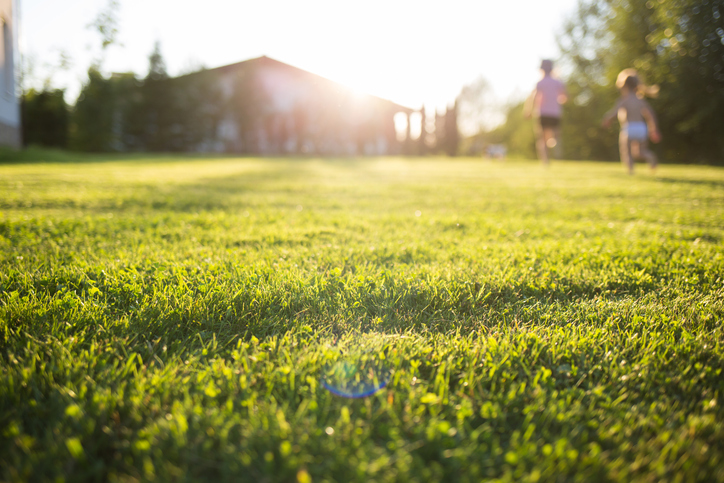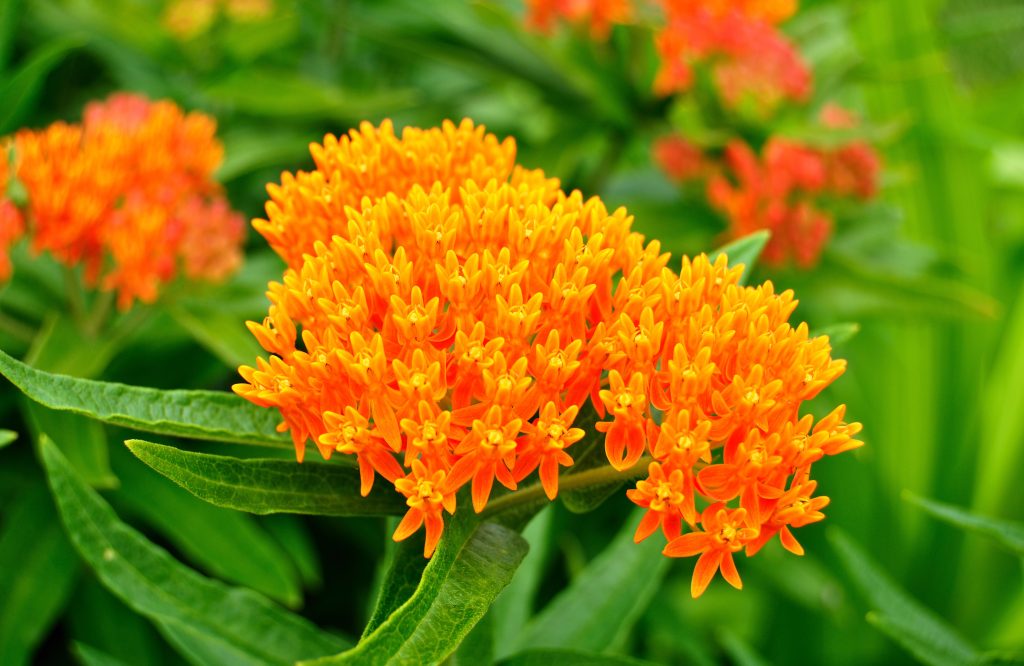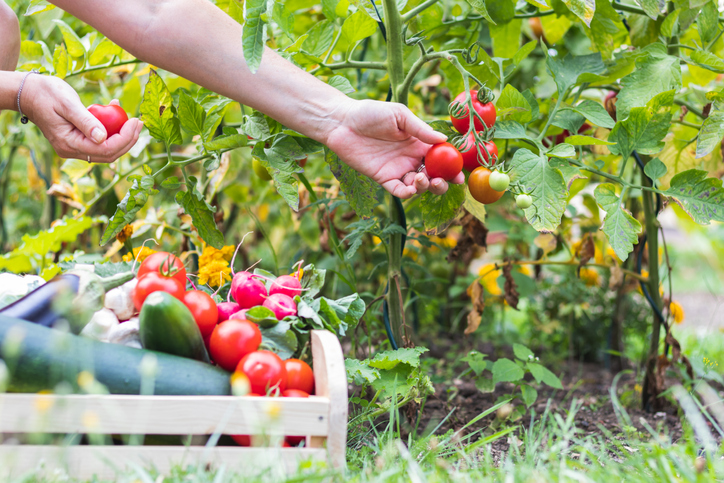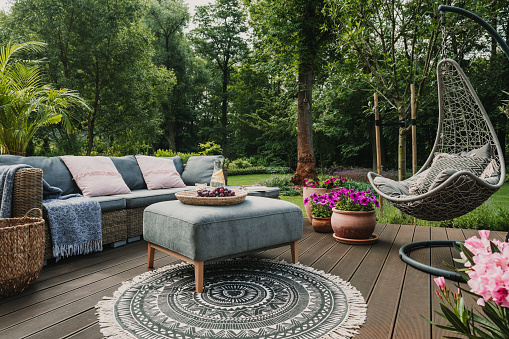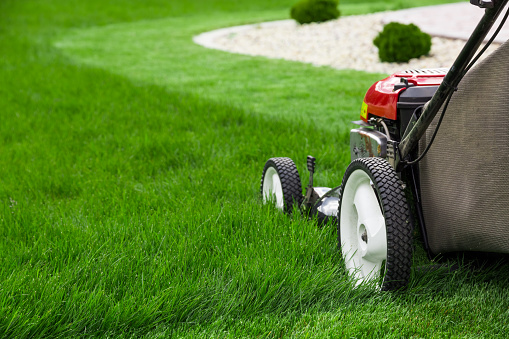Learn how to elevate your summer with a custom hardscape addition in your yard. As the summer sun heats up, many homeowners turn their attention outdoors, envisioning a space that’s perfect for both relaxing evenings and lively weekend gatherings. While lush greenery and seasonal flowers set the stage, it’s hardscape elements that truly define your outdoor living area. At Giovine Landscaping, we specialize in transforming backyards with custom hardscape additions that add function, beauty, and long-lasting value.
Make Your Backyard a Destination
Hardscaping goes beyond aesthetics. It also brings purpose to your outdoor space so that you can host summer barbecues or enjoy a quiet night under the stars. Features like outdoor fireplaces, fire pits, built-in grills, and stone patios create zones designed for gathering and entertainment. Imagine roasting marshmallows with your family around a custom fire pit, or grilling dinner without having to run back and forth to your kitchen. These enhancements are not just upgrades but also lifestyle changers.
Add Outdoor Fireplaces and Fire Pits for Ambiance and Warmth
Few features are as inviting as the glow of an outdoor fire. Fire pits and fireplaces offer warmth on cool summer nights and extend your outdoor season well into the fall. Studies show that the audiovisual experience of sitting by the fire has a relaxing effect and even lowers blood pressure. From sleek modern fire bowls to rustic stone fireplaces, Giovine Landscaping custom designs each feature to match your aesthetic and functional needs. Whether you prefer gas or wood-burning options, we’ll help you choose the right setup to complement your landscape and increase relaxation for your summer nights.
Built-In Grills and Outdoor Kitchens
For many homeowners, there is no summer without grilling. A built-in grill or complete outdoor kitchen turns your backyard into a true culinary destination. With features like prep counters, storage cabinets, and mini fridges, you can entertain guests without ever stepping inside. These installations are crafted with weather-resistant materials and integrated seamlessly into your landscape design, ensuring they’re as durable as they are beautiful.
Stone Patios and Walkways
No summer hangout spot is complete without a solid foundation. A stone patio not only adds square footage to your living space, but it also defines the flow and usability of your yard. Natural stone, pavers, or brick can be used to create elegant pathways or expansive patios perfect for dining, lounging, or setting up your new fire feature. At Giovine Landscaping, we consider the layout of your entire property to ensure your hardscape feels cohesive and intentional. Check out our previous blog to learn about summer landscaping tips that will go hand-in-hand with your hardscaping.
Expert Design and Professional Installation
At Giovine Landscaping, we understand that every home requires unique attention. That’s why we tailor our hardscape solutions to fit your specific vision and lifestyle. With years of experience in hardscape design and installation, our team ensures each project is built to last with careful attention to drainage, materials, and aesthetics.
Summer only gets better with hardscape additions such as a cozy fire pit or a full outdoor kitchen, and Giovine Landscaping is here to make it happen. Contact us today to schedule a consultation and learn how our custom hardscape solutions can enhance your home and bring people together all season long. Call us at (724) 316-3064 to get started.
